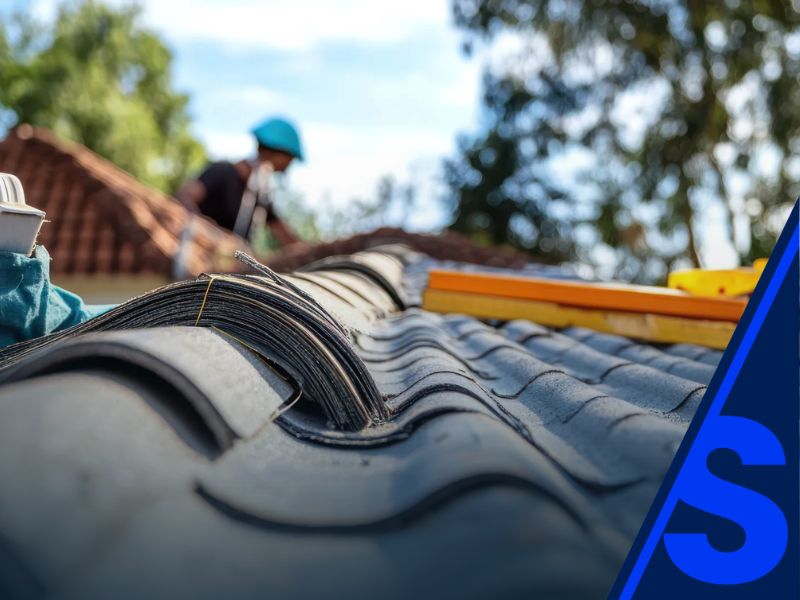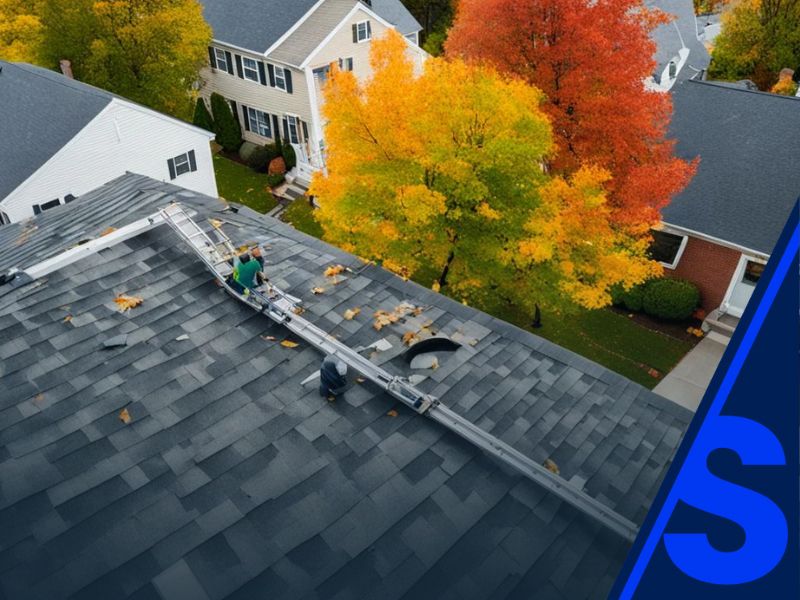Table of Contents
- Introduction
- The First Step: Roof Inspection
- Key Components of Roof Replacement
- Decking and Underlayment
- Shingles, Flashing, and Drip Edges
- Soffit and Fascia
- Before the Overhaul: Preliminary Steps
- The Replacement Process: What to Expect
- Understanding Costs and Warranty Importance
- Choosing the Right Contractor
- FAQs
Navigating the Journey of Roof Replacement: A Personal Guide
When I realized it was time to replace my roof, I was engulfed by a myriad of questions and uncertainties. What does the process involve? Which materials should I choose? How do I find a reliable contractor? Today, I’m here to share my journey and the valuable lessons I learned along the way.
The First Step: Roof Inspection
It all began with a comprehensive roof inspection. A certified contractor assessed my roof’s condition, laying the foundation for what was to come. This step was crucial, not just for estimating the work needed but for setting the right expectations.

Key Components of Roof Replacement
Decking and Underlayment
- Decking: The backbone of the roof, often made from plywood or OSB.
- Underlayment: A moisture-resistant barrier, crucial for protecting the decking.
Shingles, Flashing, and Drip Edges
- Shingles: The first line of defense against the elements.
- Flashing and Drip Edges: Essential for directing water away from critical areas.
Soffit and Fascia
- Soffit: Covers the underside of eaves.
- Fascia: A visible horizontal band along the roof’s edge.

Before the Overhaul: Preliminary Steps
Understanding the preliminary steps was key. I delved into cost factors, warranties, and the importance of choosing a contractor I could trust.
The Replacement Process: What to Expect
From signing the contract to the final cleanup, the replacement process was a series of well-orchestrated steps. Each played a pivotal role in ensuring a smooth transition to a new roof.
Understanding Costs and Warranty Importance
The cost of roof replacement varies widely, influenced by materials, the existing roof’s condition, and more. A warranty, on the other hand, offered me peace of mind, protecting against future defects.

Choosing the Right Contractor
Finding a trustworthy contractor was perhaps the most critical step. Their experience, transparency, and professionalism made all the difference.
FAQs
- What is included in a roof replacement?
- Removal of old layers, comprehensive inspection, new installation, and cleanup.
- What are the main components of a roof replacement?
- Decking, underlayment, shingles, flashing, drip edges, soffit, and fascia.
- What are the preliminary steps before a roof overhaul?
- Professional inspection, understanding cost factors, and selecting a contractor.
- How is the cost for roof replacement determined?
- Factors include materials, existing roof condition, and local building regulations.
- Why is a warranty important in a roof replacement?
- It offers protection against defects or issues that may arise post-installation.
- How do I select a trustworthy contractor for a roof replacement?
- Look for experience, credibility, and a willingness to discuss costs and warranties openly.
- Can I choose my roof materials?
- Yes, homeowners have the opportunity to select materials that meet their needs and preferences.
Source Links
- Materials included asphalt roof replacement
- Complete roof replacement
- Materials in a roof replacement



